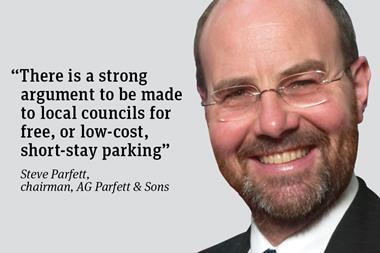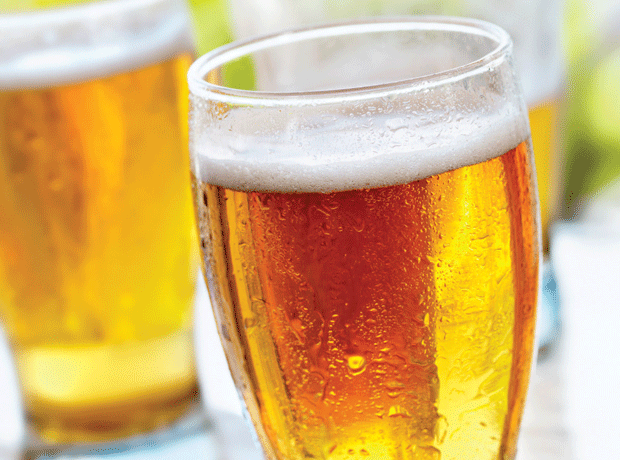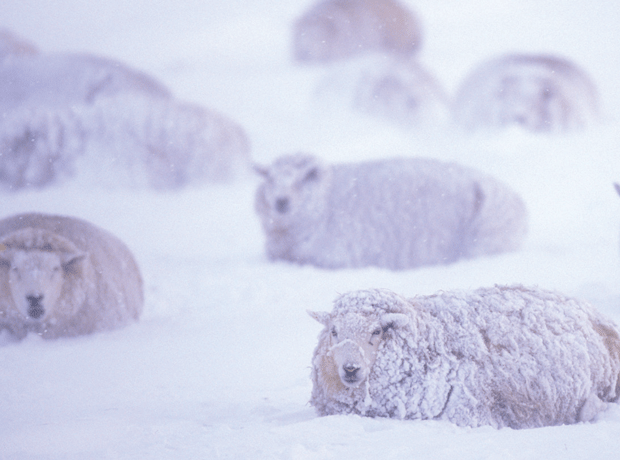
I wrote in February of the challenges of winter weather, but summer weather is even more vital to the trading prospects of wholesalers and independents.
When I first joined the trade, Christmas was the key factor in whether you had a good trading year or not. Your competitiveness, availability and trading strategy leading up to Christmas Day - together with the speed of recovery in sales post-new year - dictated your success for that year. Things have changed dramatically.
The critical factor is now the summer weather, and this year is proving a real challenge. While we have had short spells of reasonable weather, the sustained periods of hot weather that really make a difference have been absent and trading has been a disappointment as a result.
One would expect categories such as soft drinks, ice cream, beer and lager to be affected by good weather, but even categories like tobacco see a dramatic positive impact, especially since the smoking in public places legislation. Conversely, of course, there is a real hit in comparatives when the sun lets us down.
Whereas the multiples will concentrate on barbecue-type activity as a major focus - promoting high-margin prepared meat & fish ranges - in independents it is truly about convenience during heatwaves. At such times, people do not want to spend any more time than they need on shopping, and would much rather drop in to their local store for their immediate needs. The ability to purchase chilled beer and wine is a real differentiator in those circumstances. Indeed the biggest-selling frozen line by value and volume in our range is ice, another essential for a summer convenience offer.
While this year’s poor summer has been hard on the trade, the one advantage from summer becoming more important than Christmas is consumer price perception. Christmas arrives at the same time every year and thus product is heavily discounted, but even with sophisticated long range forecasts it is much more difficult to truly anticipate heatwaves sufficiently in advance to loss lead, and the consumer is much less price-conscious.
In this context I was intrigued and puzzled to read of a vending machine that Coca-Cola introduced in Spain for its Limon Y Nada lemonade. It looks like a standard machine, but what makes it unique is the product pricing. When the temperature falls below 26C a can costs €2 (£1.42), but when it rises to 29C the price drops to €1.40. At 30C, it’s just €1.
Surely the challenge is to use new thinking and technology to get a better price at peak periods of demand - isn’t that what classic economics teaches?
Steve Parfett is chairman of AG Parfett & Sons



















No comments yet